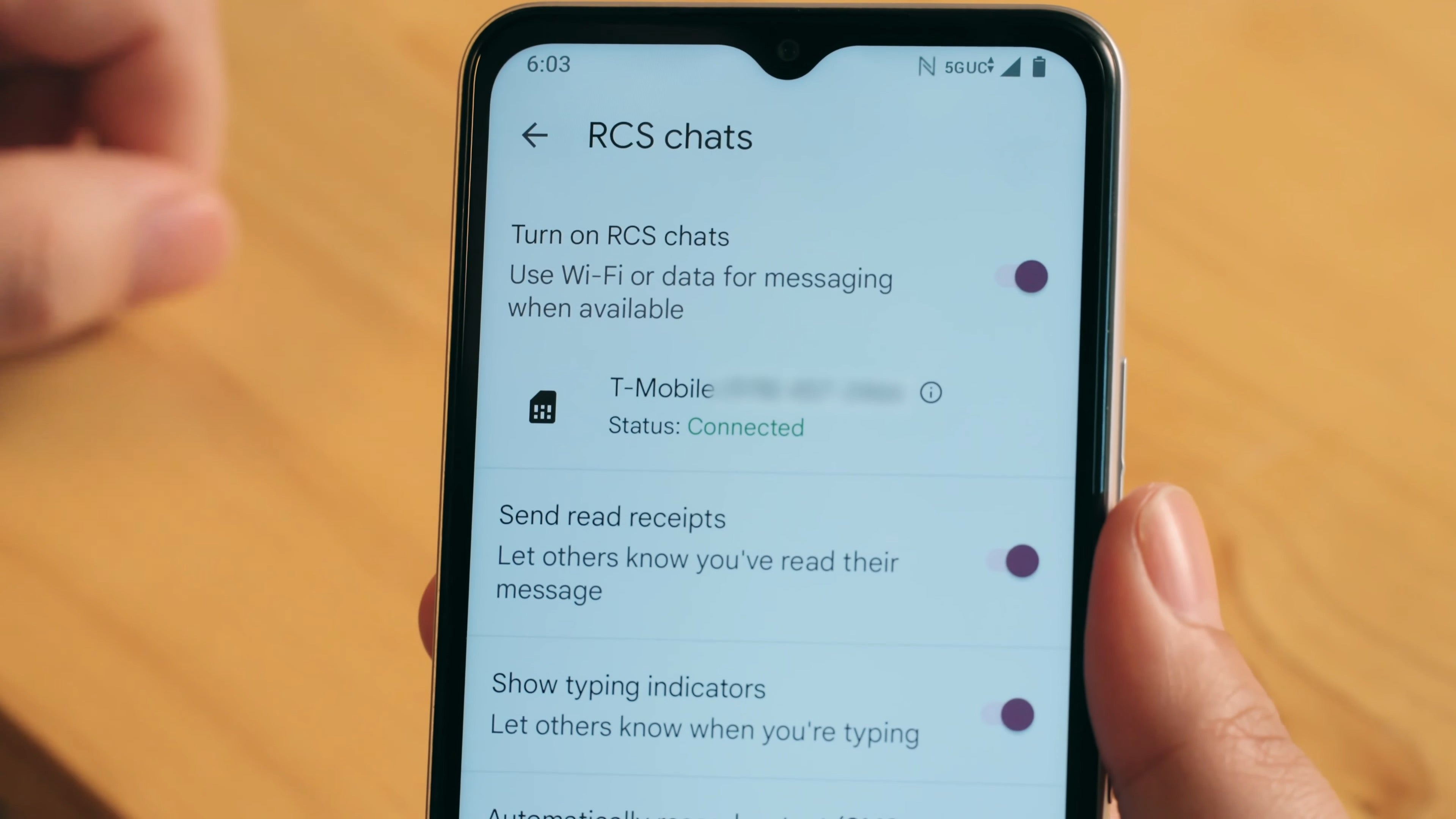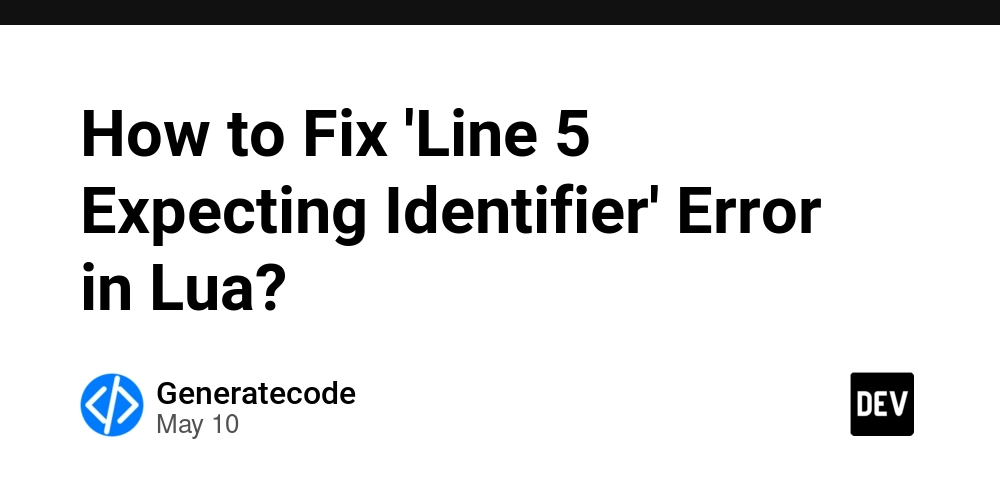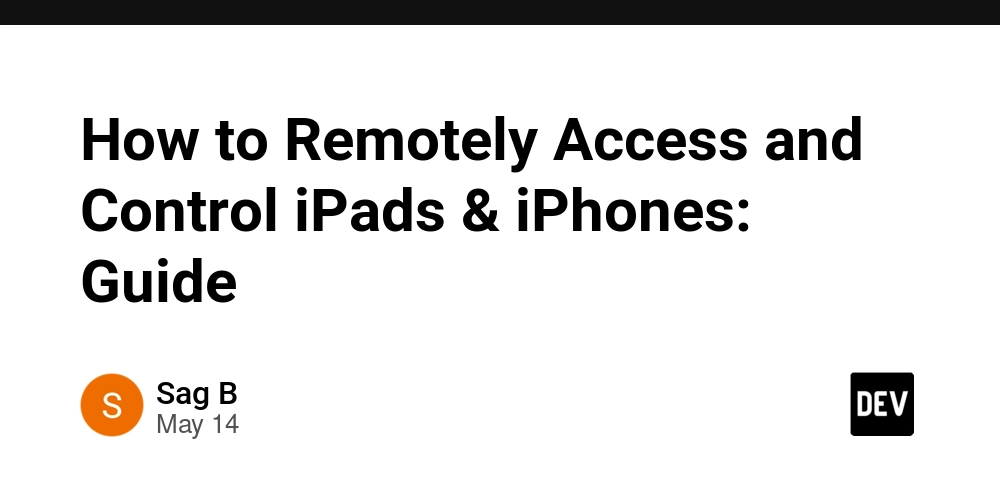Unveiling Computer Associates Trusted Open Source License 1.1: An In-Depth Exploration
Abstract: In this post, we explore the Computer Associates Trusted Open Source License 1.1 (CATOSL 1.1) as a modern solution to balance open source freedom with fair developer compensation. We walk through its origins, core concepts, applications, challenges, and future outlook. By comparing CATOSL 1.1 with other licenses – such as the MIT License and GNU GPL – we highlight its unique approach in embracing fair code licensing while supporting dual licensing and sustainable funding models. This analysis also incorporates insights from related resources like License Token and reputable discussions found on Hacker News and Stack Overflow, making it a comprehensive guide for developers, legal experts, and project managers alike. Introduction The open source ecosystem has long championed freedom, transparency, and collaboration. However, one recurring challenge is ensuring that developers receive fair recognition and compensation for their contributions. Enter the Computer Associates Trusted Open Source License 1.1 (CATOSL 1.1) – a license that not only preserves open source ethics but also integrates fair code provisions designed to combat exploitation. In this post, we delve into the background and evolution of CATOSL 1.1, examine its core features and applications, and assess its competitive position within the licensing landscape. The discussion aims to guide developers, legal experts, and technology enthusiasts to understand this innovative licensing model that addresses both free innovation and sustainable funding. Background and Context The Evolution of Open Source Licensing Historically, licenses like the MIT License and GNU General Public License (GPL) have dominated the open source scene. These licenses are built around the idea of unrestricted redistribution and modification; however, they rarely address the compensation challenges that many modern projects face. The rise of digital economies, commercialization of open source projects, and debate over fair code licensing set the stage for a more balanced approach. CATOSL 1.1 emerged as a response to these debates. Its creators—seasoned software engineers and legal experts—took inspiration from existing licenses while addressing a key gap: fair developer remuneration. The license was designed to ensure that developers are not only acknowledged but also rewarded when their technologies are used commercially. This is crucial in an era where technological innovation is often exploited by large corporations without adequate benefits trickling back to the contributor community. Defining CATOSL 1.1 and Its Ecosystem The CATOSL 1.1 is a modern open source and fair code license with an explicit focus on ethical funding models and transparent contribution practices. It strives to prevent exploitation while enabling wide software adoption. Its features include: Fair Compensation Mechanisms: Clear clauses are included to ensure that commercial entities pay for the use of code, thereby guaranteeing fair rewards for developers. Dual Licensing Support: Projects can distribute under CATOSL 1.1 for open source benefits and negotiate commercial licensing terms. Transparency and Enforcement: The license mandates strict documentation of contributions to safeguard against unclear usage and ensure accountability. In the broader ecosystem, CATOSL 1.1 stands alongside other innovative solutions like the Open Compensation Token License (OCTL) – which leverages blockchain for compensation – while maintaining a traditional legal framework that developers are already familiar with. Industry and Community Impact The license has been notably adopted in a variety of projects—from community-driven initiatives to enterprise-level applications. This growing acceptance underscores a significant trend: the open source community increasingly values both freedom and fair monetization practices. Active discussions on platforms like Hacker News and Stack Overflow attest to the community’s interest in ethical licensing models like CATOSL 1.1, where transparency and equitable participation are paramount. Core Concepts and Features of CATOSL 1.1 1. Fair Developer Compensation One of the primary innovations in CATOSL 1.1 is the incorporation of explicit compensation mechanisms. Unlike traditional licenses that leave funding to voluntary donations or third-party sponsorships, CATOSL 1.1 sets clear terms to prevent commercial exploitation. It mandates that commercial users who profit from the licensed software must contribute back fairly—ensuring that original developers are rewarded for their hard work and maintain a continued stake in the project. 2. Dual Licensing Flexibility Dual licensing is a key aspect of modern software projects. CATOSL 1.1 allows projects to be released under its open source fair code terms while simultaneously offering a commercial license option. This grants c
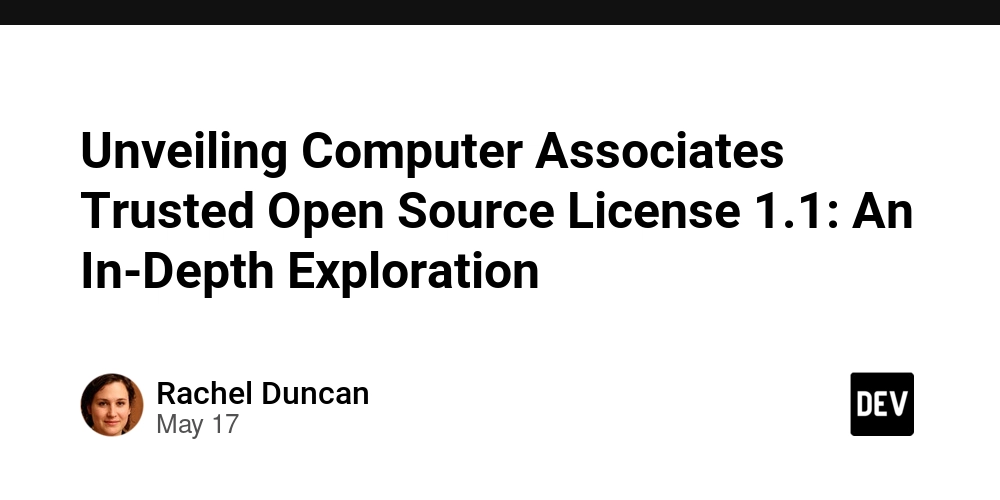
Abstract:
In this post, we explore the Computer Associates Trusted Open Source License 1.1 (CATOSL 1.1) as a modern solution to balance open source freedom with fair developer compensation. We walk through its origins, core concepts, applications, challenges, and future outlook. By comparing CATOSL 1.1 with other licenses – such as the MIT License and GNU GPL – we highlight its unique approach in embracing fair code licensing while supporting dual licensing and sustainable funding models. This analysis also incorporates insights from related resources like License Token and reputable discussions found on Hacker News and Stack Overflow, making it a comprehensive guide for developers, legal experts, and project managers alike.
Introduction
The open source ecosystem has long championed freedom, transparency, and collaboration. However, one recurring challenge is ensuring that developers receive fair recognition and compensation for their contributions. Enter the Computer Associates Trusted Open Source License 1.1 (CATOSL 1.1) – a license that not only preserves open source ethics but also integrates fair code provisions designed to combat exploitation. In this post, we delve into the background and evolution of CATOSL 1.1, examine its core features and applications, and assess its competitive position within the licensing landscape. The discussion aims to guide developers, legal experts, and technology enthusiasts to understand this innovative licensing model that addresses both free innovation and sustainable funding.
Background and Context
The Evolution of Open Source Licensing
Historically, licenses like the MIT License and GNU General Public License (GPL) have dominated the open source scene. These licenses are built around the idea of unrestricted redistribution and modification; however, they rarely address the compensation challenges that many modern projects face. The rise of digital economies, commercialization of open source projects, and debate over fair code licensing set the stage for a more balanced approach.
CATOSL 1.1 emerged as a response to these debates. Its creators—seasoned software engineers and legal experts—took inspiration from existing licenses while addressing a key gap: fair developer remuneration. The license was designed to ensure that developers are not only acknowledged but also rewarded when their technologies are used commercially. This is crucial in an era where technological innovation is often exploited by large corporations without adequate benefits trickling back to the contributor community.
Defining CATOSL 1.1 and Its Ecosystem
The CATOSL 1.1 is a modern open source and fair code license with an explicit focus on ethical funding models and transparent contribution practices. It strives to prevent exploitation while enabling wide software adoption. Its features include:
- Fair Compensation Mechanisms: Clear clauses are included to ensure that commercial entities pay for the use of code, thereby guaranteeing fair rewards for developers.
- Dual Licensing Support: Projects can distribute under CATOSL 1.1 for open source benefits and negotiate commercial licensing terms.
- Transparency and Enforcement: The license mandates strict documentation of contributions to safeguard against unclear usage and ensure accountability.
In the broader ecosystem, CATOSL 1.1 stands alongside other innovative solutions like the Open Compensation Token License (OCTL) – which leverages blockchain for compensation – while maintaining a traditional legal framework that developers are already familiar with.
Industry and Community Impact
The license has been notably adopted in a variety of projects—from community-driven initiatives to enterprise-level applications. This growing acceptance underscores a significant trend: the open source community increasingly values both freedom and fair monetization practices. Active discussions on platforms like Hacker News and Stack Overflow attest to the community’s interest in ethical licensing models like CATOSL 1.1, where transparency and equitable participation are paramount.
Core Concepts and Features of CATOSL 1.1
1. Fair Developer Compensation
One of the primary innovations in CATOSL 1.1 is the incorporation of explicit compensation mechanisms. Unlike traditional licenses that leave funding to voluntary donations or third-party sponsorships, CATOSL 1.1 sets clear terms to prevent commercial exploitation. It mandates that commercial users who profit from the licensed software must contribute back fairly—ensuring that original developers are rewarded for their hard work and maintain a continued stake in the project.
2. Dual Licensing Flexibility
Dual licensing is a key aspect of modern software projects. CATOSL 1.1 allows projects to be released under its open source fair code terms while simultaneously offering a commercial license option. This grants companies the flexibility to choose terms that best suit their business models, while still preserving the community-focused and ethical properties of the software. For instance, a project might use CATOSL 1.1 under its open source version for community use and a different set of commercial terms for enterprise clients.
3. Legal Robustness and Transparency
Transparency is essential in open source licensing. CATOSL 1.1 includes:
- Disclosure Clauses: Developers are ensured visibility into financial contributions through external audits.
- Explicit Enforcement Mechanisms: These legal safeguards aim to prevent large-scale commercial exploitation without fair compensation.
By doing so, the license not only preserves the integrity of the open source model but also adds layers of accountability often missing in less-detailed agreements.
4. Comparison with Traditional Licenses
To better understand CATOSL 1.1’s position in the licensing landscape, consider the table below:
| License | Developer Compensation | Dual Licensing | Transparency | Notable Attributes |
|---|---|---|---|---|
| CATOSL 1.1 | Clear fair compensation clauses to prevent exploitation | Supports dual licensing with commercial options | High transparency through enforced disclosure clauses | Modern fair code approach, balanced ethics and commercial usage |
| MIT License | No formal compensation mechanism | Typically open source only | Low, minimal disclosure requirements | Highly permissive; minimal restrictions |
| GNU GPL | Copyleft instead of compensation | Strictly open source (no dual licensing) | Moderate due to forced sharing rules | Ensures derivative works remain open |
This table highlights the distinct advantages of CATOSL 1.1 in providing an ethical framework that traditional licenses may overlook.
5. Integration with Modern Funding Models
Although CATOSL 1.1 does not employ native blockchain technology like the OCTL, its fair compensation model is in tune with innovative trends that use blockchain mechanisms to ensure traceability and fairness. This makes CATOSL 1.1 a bridge between classical legal frameworks and emerging digital funding models, fulfilling the evolving needs of digital developers.
Applications and Use Cases
CATOSL 1.1 has been implemented in various contexts, ensuring sustainability and fostering innovation. Here are some practical applications:
- Enterprise Infrastructure Projects: Organizations that run large-scale server management systems have embraced CATOSL 1.1 to guarantee that contributions to critical software are compensated fairly.
- Cloud Computing and Modern Web Platforms: In cloud-based applications, where commercial usage is high, the dual licensing model of CATOSL 1.1 allows developers to protect their work, while enterprises can adopt robust software solutions with clear financial terms.
- Community-Driven Projects: Open source communities, such as those found on GitHub and Reddit, benefit from transparent contribution mechanisms which motivate continued participation. Developers have reported that projects under CATOSL 1.1 show increased engagement due to built-in fairness measures.
A bullet list summarizing the core benefits includes:
- Fair Compensation: Ensures developers are rewarded for their contributions.
- Dual Licensing Options: Supports both community-driven and commercial uses.
- Enhanced Transparency: Promotes accountability across all user segments.
- Mitigation Against Exploitation: Use of explicit disclosure and enforcement clauses.
Challenges and Limitations
While CATOSL 1.1 offers a robust framework for fair development, it is important to recognize some challenges:
Legal and Interpretative Complexities
- Restrictive Clauses: Some critics argue that the compensation and enforcement clauses can be overly restrictive. This may create compatibility issues when integrating with other popular open source licenses like Apache 2.0 or the BSD 3-Clause License.
- Ambiguity in Fair Compensation: Terms such as "fair payment" may require legal interpretation, in turn leading to potential disputes if commercial interests dispute the expected compensation.
Enforcement and Adoption Issues
- Enforcement Costs: The legal measures built into CATOSL 1.1 require vigilant enforcement. In some cases, enforcing these clauses may necessitate costly legal action, which could be a barrier for smaller projects without dedicated legal resources.
- Mixed-License Environments: Projects that combine code under different licenses might face challenges ensuring that all components adhere to CATOSL 1.1’s strict guidelines, especially if Contributor License Agreements (CLAs) are not strictly maintained.
Compatibility Concerns
Although dual licensing provides flexibility, it also introduces challenges. Companies well-versed in donation-based or traditional licensing may be hesitant to adopt a dual licensing model that includes complex fair code provisions.
A table summarizing key challenges is presented below:
| Challenge | Description | Impact |
|---|---|---|
| Legal Ambiguity | Vague compensation terms might require judicial interpretation. | Potential for disputes and legal costs. |
| Enforcement Complexity | Strict measures require diligent legal oversight and funding over enforcement. | May deter smaller projects. |
| Compatibility with Other Licenses | Mixed-license projects may encounter difficulties aligning with CATOSL 1.1’s conditions. | Integration issues across multi-licensed code. |
Future Outlook and Innovations
Evolving Trends in Open Source and Fair Code
The future of open source licensing is poised for transformation, and CATOSL 1.1 is at the forefront of this evolution. Here are some key trends and future directions:
- Blockchain Integration: Although CATOSL 1.1 is built on traditional legal structures, the growing adoption of blockchain-based funding methods suggests that future iterations might integrate native token mechanisms—much like the OCTL model—to further enhance transparency and direct developer compensation.
- Enhanced Contributor License Agreements (CLAs): The importance of clearly documented CLAs is increasingly recognized. Future adaptations may see more refined CLA formats that reduce ambiguity in contributor compensation.
- Interoperability Improvements: As more projects converge into mixed-license ecosystems, there will be a push to improve compatibility between CATOSL 1.1 and other widely used licenses such as GNU GPL and MIT License.
- Community-Driven Innovation: Projects embracing CATOSL 1.1 are likely to benefit from a loyal and active community. This community trust will drive continuous legal and technical improvements, ensuring the license evolves alongside technological innovation.
Forecasting the Impact on Open Source Funding
The emphasis on fair compensation models is attracting new funding sources—for example, decentralized finance (DeFi) platforms that provide grants and token-based rewards. Recent discussions on Dev.to and Dev.to reveal that there is growing industry interest in licenses that support innovative funding models. This shift will not only drive adoption but also accelerate technological progress by incentivizing contributions.
Developers and legal experts are watching closely as CATOSL 1.1 paves the way for what may become the standard in sustainable open source funding. By merging legal robustness with ethical practices, CATOSL 1.1 represents a pivotal advancement in how open source projects are managed and financially supported.
Conclusion and Summary
In summary, the Computer Associates Trusted Open Source License 1.1 offers an innovative balance between open source principles and fair developer compensation. It stands out by addressing critical gaps in traditional licensing models with features such as:
- Explicit Compensation Mechanisms: Ensuring that developers receive fair payment for commercial usage.
- Dual Licensing Flexibility: Allowing projects to deliver both open source and commercial versions.
- Robust Transparency and Enforcement: Reducing exploitation risks through clear disclosure and legal measures.
While CATOSL 1.1 faces challenges such as legal ambiguities, enforcement costs, and integration issues with multi-licensed projects, its future potential remains strong as the market evolves in favor of sustainability and ethical funding. The license’s design, which echoes trends in modern funding and blockchain-based transparency, positions it as a significant step forward in open source and fair code licensing.
For those interested in exploring further, the original article “Unveiling Computer Associates Trusted Open Source License 1.1: A Comprehensive Summary, Exploration and Review” provides additional context and insights. Other valuable references include the Fair Source Software wiki and discussions on Hacker News.
Further Reading and Related Resources
- License Token – Innovative approaches to open source funding.
- MIT License Overview – Key differences from permissive licenses.
- GNU GPL Overview – Understanding copyleft’s impact.
- Hacker News Discussions – Real-time debates about open source licensing.
- Dev.to: Exploring Open Source Project Sponsorship – A deep dive into funding strategies for open source projects.
Final Thoughts
The landscape of open source licensing is evolving rapidly to meet the challenges and opportunities of modern technology. CATOSL 1.1 is an excellent example of how ethical considerations and commercial viability can coexist. As the community grows and legal frameworks are refined, we expect to see further innovations that empower developers, ensure fair compensation, and promote sustainable technology development.
By understanding and adopting licenses like CATOSL 1.1, developers can secure a future where open source creativity does not merely remain a hobby but becomes a viable and respected career path. The convergence of traditional legal models with new-age funding solutions such as blockchain and decentralized finance highlights a future of open source that is both ethical and profitable.
Embracing transparency, accountability, and innovation remains key to building a resilient open source ecosystem that benefits everyone—from individual developers to large enterprises.












































































































































































![[The AI Show Episode 146]: Rise of “AI-First” Companies, AI Job Disruption, GPT-4o Update Gets Rolled Back, How Big Consulting Firms Use AI, and Meta AI App](https://www.marketingaiinstitute.com/hubfs/ep%20146%20cover.png)















































































































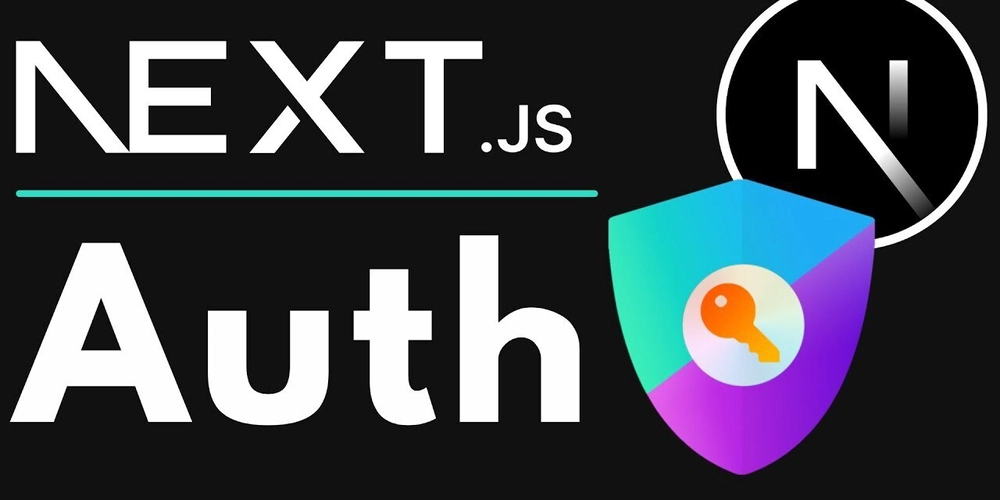










![[FREE EBOOKS] Modern Generative AI with ChatGPT and OpenAI Models, Offensive Security Using Python & Four More Best Selling Titles](https://www.javacodegeeks.com/wp-content/uploads/2012/12/jcg-logo.jpg)




![How to make Developer Friends When You Don't Live in Silicon Valley, with Iraqi Engineer Code;Life [Podcast #172]](https://cdn.hashnode.com/res/hashnode/image/upload/v1747360508340/f07040cd-3eeb-443c-b4fb-370f6a4a14da.png?#)


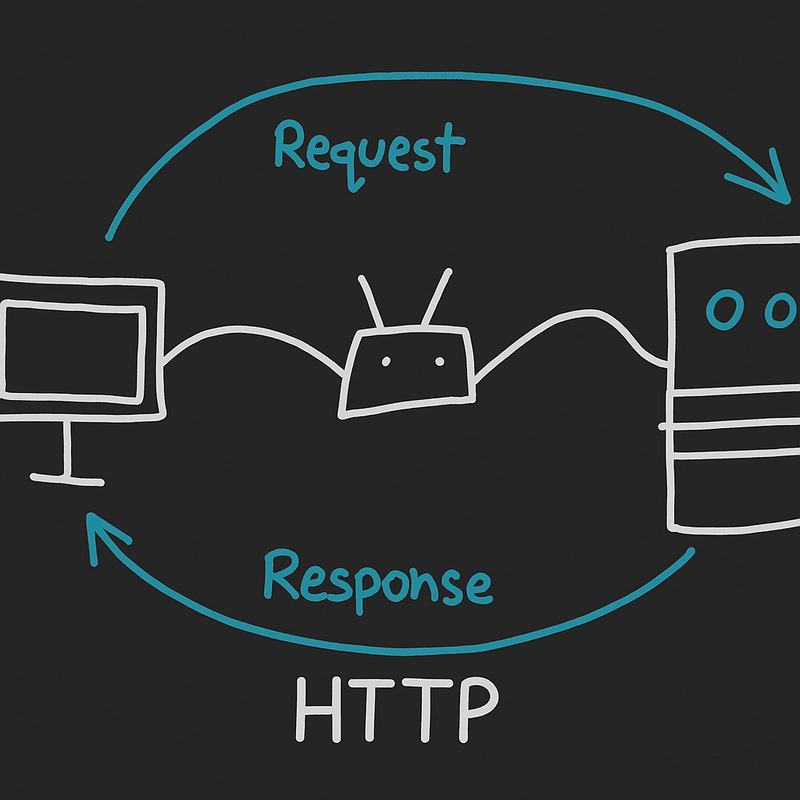







































































































































![[Virtual Event] Strategic Security for the Modern Enterprise](https://eu-images.contentstack.com/v3/assets/blt6d90778a997de1cd/blt55e4e7e277520090/653a745a0e92cc040a3e9d7e/Dark_Reading_Logo_VirtualEvent_4C.png?width=1280&auto=webp&quality=80&disable=upscale#)















































































-xl-(1)-xl-xl.jpg)


























![iPhone 17 Air Could Get a Boost From TDK's New Silicon Battery Tech [Report]](https://www.iclarified.com/images/news/97344/97344/97344-640.jpg)
![Vision Pro Owners Say They Regret $3,500 Purchase [WSJ]](https://www.iclarified.com/images/news/97347/97347/97347-640.jpg)
![Apple Showcases 'Magnifier on Mac' and 'Music Haptics' Accessibility Features [Video]](https://www.iclarified.com/images/news/97343/97343/97343-640.jpg)
![Sony WH-1000XM6 Unveiled With Smarter Noise Canceling and Studio-Tuned Sound [Video]](https://www.iclarified.com/images/news/97341/97341/97341-640.jpg)
















































